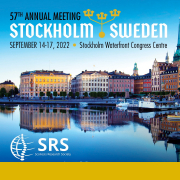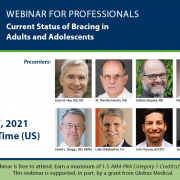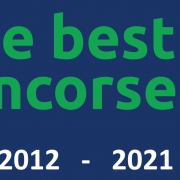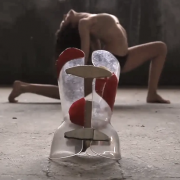SRS Meeting in Stockholm: Isico is there!
In September Isico will be at the forefront of the 57th Scoliosis Research Society Annual Meeting, scheduled from 14 to 17 September in Stockholm, Sweden, where our experts will present several studies.
The 57th Annual Meeting is a hybrid event that draws over 1500 attendees and includes a robust in-person program live from the Waterfront Congress Center in Stockholm, and the virtual component allowing delegates who are unable to attend in-person to enjoy the SRS Annual Meeting from the comfort of their home or office.
Faculty-led instructional course lectures, case discussions and abstract papers will be presented on an array of topics, including adolescent idiopathic scoliosis, growing spine, kyphosis, adult deformity, minimally invasive surgery, machine learning, and mental health considerations.
On September 16, prof. Stefano Negrini, scientific director of Isico, will present two works “Prediction of Future Curve Severity in Idiopathic Scoliosis Between Age 6 and Skeletal Maturity Without Treatment: A Validated Natural History Model” and “Natural History of Idiopathic Scoliosis: Validated Models of Curve Progression for Three Group Ages (Pre, At and Post Growth Spurt) “; while the following day he will be the moderator of the presentation of other papers.
Instead, Dr Sabrina Donzelli, physiatrist at Isico will present the study “Bracing Improves Curves and Aesthetics in Risser 3-4 Adolescents With 30 to 45 ° Curves. Retrospective Results From a Cohort of 1104 Consecutive Patients“.
For more information or to register for the event, visit the website dedicated to the conference https://www.srs.org/am





